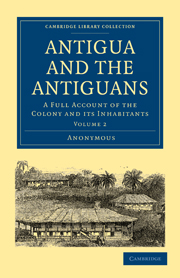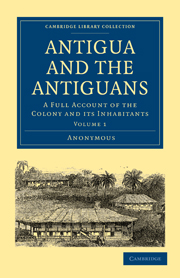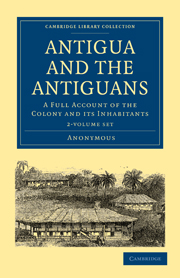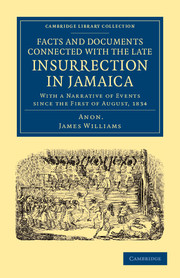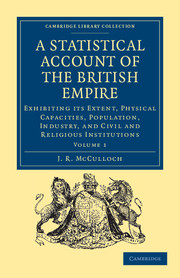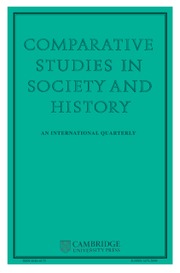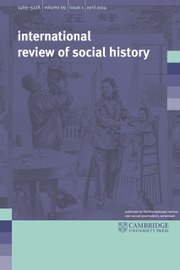Antigua and the Antiguans
Antigua was named by Columbus in 1493, and permanently colonised by the British in 1632. The next two hundred years were full of upheaval that shaped the Caribbean island's identity: bloody battles, agricultural progress, British immigration and the establishment and then the abolition of the slave trade. The British-born author adopted Antigua as her home, and her love for the island is evident in both volumes. Legends, stories and particular island features of interest are introduced through the author's experiences and anecdotes, giving a full picture of Antigua at the turn of the eighteenth to the nineteenth century, when the island's population and landscape changed rapidly and irrevocably. Volume 2 focusses on the island's natural history and the customs, character and changing position in society of the Caribs and the imported black slave population. An overview of the changes during the period of the slave trade in the Caribbean.
Product details
February 2011Paperback
9781108027779
368 pages
216 × 21 × 140 mm
0.47kg
Available
Table of Contents
- 29. Caribs
- 30. Negroes, their introduction into the New World
- 31. Negroes, palliations, but not excuses, for former cruelties
- 32. Negroes, the assertion that negroes are careless of all domestic ties confuted by anecdotes
- 33. Negroes, superstition
- 34. Seeming paradoxes explained
- 35. Negroes, 'shadows' continued
- 36. Negroes, the crime of poisoning
- 37. Negroes, a little change for the better
- 38. Negroes, their amusements
- 39. Negroes, fondness for the 'Nancy stories'
- 40. Negroes, further sentences upon 'dress'
- 41. Negroes, occupations
- 42. Negroes, employment of the women
- 43. Negroes, exterior appearance
- 44. Remarks upon free system
- 45. A chapter on colour
- 46. Prejudice
- 47. Grades among the pure in blood
- 48. The pure in blood
- 49. The pure in blood
- 50. Zoology
- 51. Zoology
- 52. Botany
- 53. Government
- Supplemental chapter
- Appendix.

